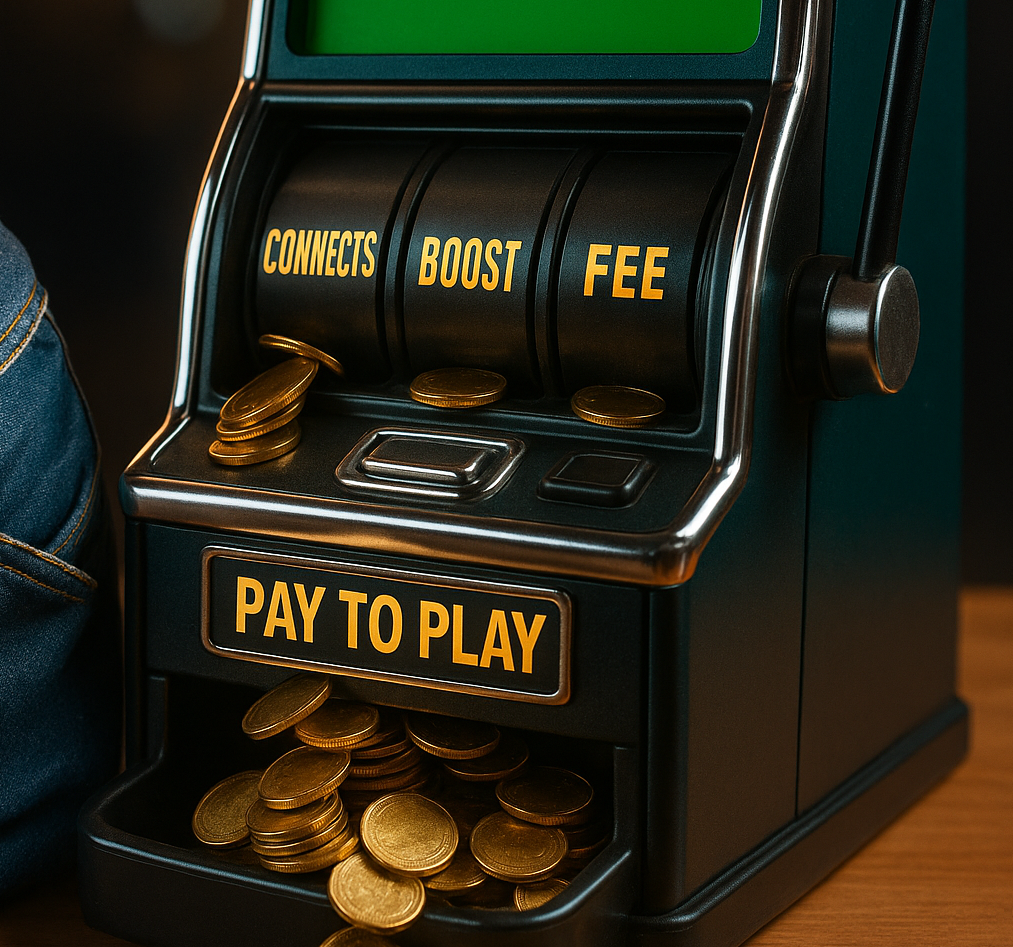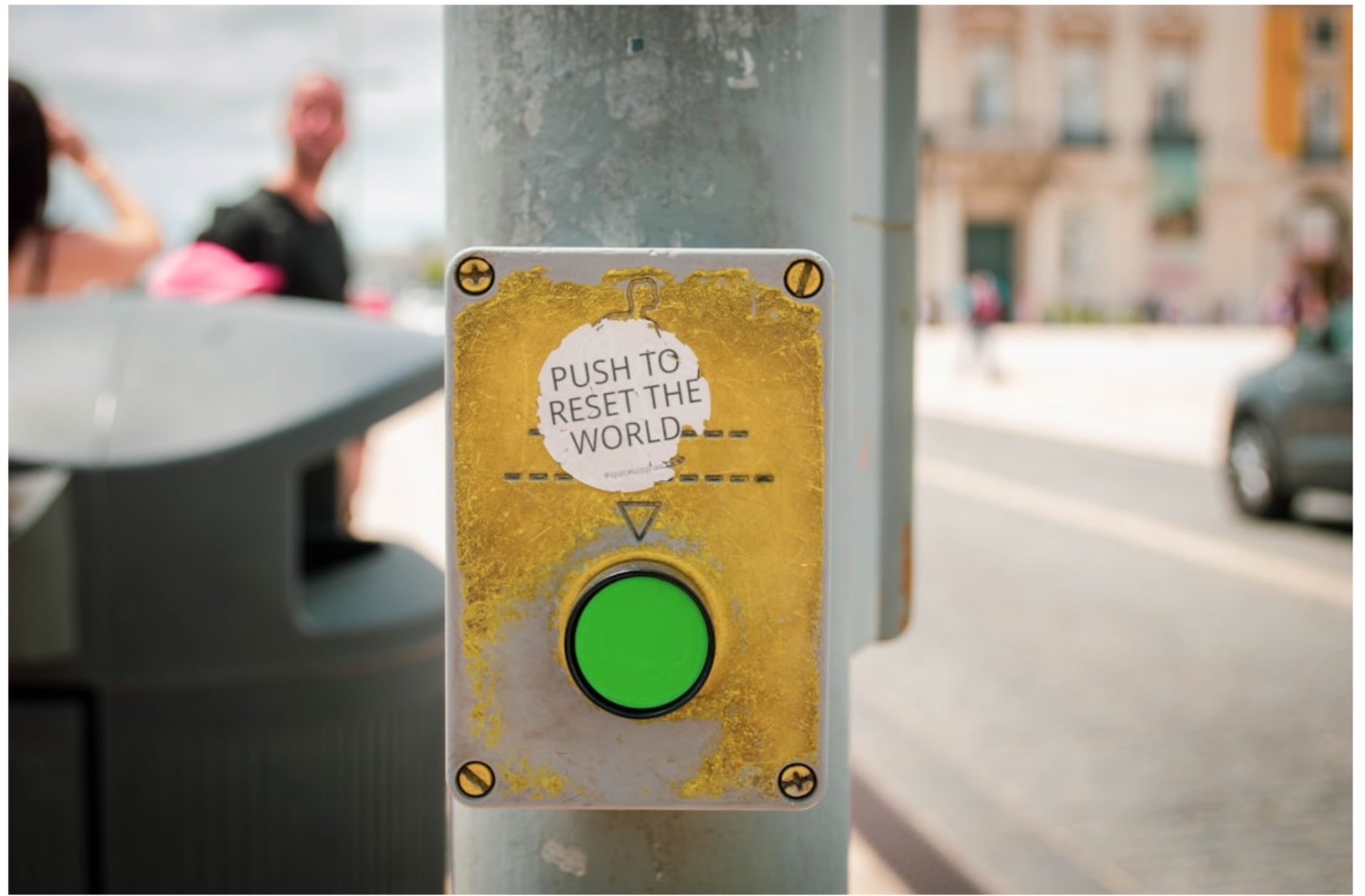Disney Creative Strategy:
How Ideas Become
Reality
Walt Disney is known not only for his cartoons but also for his unique approach to thinking. He learned how to combine imagination, realism, and criticism so that ideas would not remain dreams but turn into tangible products.
Today, his method — Disney Creative Strategy — is widely used in business, especially in IT and creative teams.
All our dreams can come true, if we have the courage to pursue them" – Walt Disney.
How the method works
A team (or an individual) takes on three roles in sequence:
Dreamer: what possibilities exist if there were no limits?
Realist: how can this be done with the resources we have now?
Critic: what could go wrong? how can it be improved?
The key lies in keeping these modes separate. This prevents chaos when some people are “falling in love with the idea” while others immediately slow things down with criticism.
Researchers noticed that in many companies dreamers and critics often work in parallel and interfere with each other. Disney’s method disciplines thinking: it signals when “now it’s time to dream,” “now it’s time to calculate,” and “now it’s time to critique.”
Examples in teams
Startups. During design sprints, teams begin as Dreamers — generating as many functions as possible without boundaries. Then they switch to Realists — filtering out what’s technically impossible or too resource-heavy. Finally, Critics analyze risks such as security, scalability, and costs.
Disneyland. This is exactly how Walt Disney worked on the park: first, the dream (“a place where adults and children play together”), then reality (land, engineering, attractions), and only afterward — critical analysis (lines, safety, finances).
Corporations. In global companies (like IBM or Google), this technique is sometimes included in leadership training as a tool for making decisions on complex projects.
Unusual cases
Combining with Ritual Dissent. In workshops, Disney’s technique was paired with a method where critics provided anonymous feedback while sitting with their backs to the presenters. This reduced tension and led to more honest results.
The “Wise Observer” role. Some facilitators add a fourth stage — an integrator. This person or subgroup summarizes all insights and defines the next concrete steps.
Analyzing historical projects. In a “Titanic” case study, the technique was used to practice project thinking. Teams reenacted the dreamer, realist, and critic roles to see how the lack of balance among them led to disaster. This approach can be used in business training to examine well-known failures.
Digital tools
Miro (Disney Creative Strategy Template) — ready-made template with three zones (Dreamer, Realist, Critic) for notes, prompts, timers, and voting.
Cacoo (Disney Creative Strategy Template) — a collaborative board that helps turn ideas into actionable plans.
Klaxoon / Mural — provide convenient interfaces and timers for online sessions.
The Walt Disney Creative Strategy is a way to discipline creativity. It helps you first dream, then check ideas against reality, and only afterward apply criticism. This approach is equally valuable for freelancers and teams, turning ideas from “air” into concrete plans.
More Articles

How SEO Is Changing in the Age of AI
21-10-2025
AI is transforming search. Learn how SEO evolves into AEO and GEO — where visibility means being cited in AI answers, not just ranked in results.

Keeping the Human Mind Sharp When AI Can Do It All
16-10-2025
AI makes work easier, but thinking harder. Learn how to stay creative, critical, and human in the age of intelligent machines.

AI Workslop: Why Businesses Pay Freelancers to Fix AI
07-10-2025
AI speeds up work but often creates “workslop” - results that look complete yet lack value. Freelancers are the ones turning them into quality.

Disney Creative Strategy: How Ideas Become Reality
03-10-2025
Disney Creative Strategy: dream, plan, critique — a tool to guide ideas from imagination to real-world results.

Upwork Boost: Increasing Freelancer Profile Visibility
29-09-2025
Discover how Upwork’s Available Now badge and Profile Boost work, their costs, pros and cons, and which boost is best for freelancers or agencies.

10 Posts to Help You Get Started on Upwork
29-09-2025
We’ve gathered a set of articles to guide you through the essentials — from setting up your profile to building long-term client relationships.

Etcetera summer 2025 report
26-09-2025
Etcetera summer 2025 results: quiet season, new team members, shifting Upwork rules, and plans for an active autumn.

Upwork Feedback: a trust tool you should learn to read and write
22-09-2025
Upwork feedback is more than stars — it builds trust, shapes reputation, and guides choices. Learn how to read, request, and write reviews effectively

7 Hats: a thinking tool that saves time and nerves
08-09-2025
Instead of mixing emotions, facts, and criticism in chaos — this method by Edward de Bono helps separate thinking modes.

Upwork: From Simple Fees to Pay-to-Play
29-08-2025
Discover how Upwork’s fees evolved from flat 10% to a pay-to-play model with Connects, boosts, and variable 0-15% commissions in 2025.

Upwork Reset 2025: How to Refresh Your Freelance Strategy
25-08-2025
Discover 5 practical steps to reset your Upwork strategy in 2025: update skills, rethink pricing, optimize proposals, and grow with the market.

How to Build a Team That Won’t Fall Apart in a Crisis
22-08-2025
How to build a strong team that survives crises: Denys Safonov shares lessons from 11 years of leading the agency Etcetera through global challenges.
